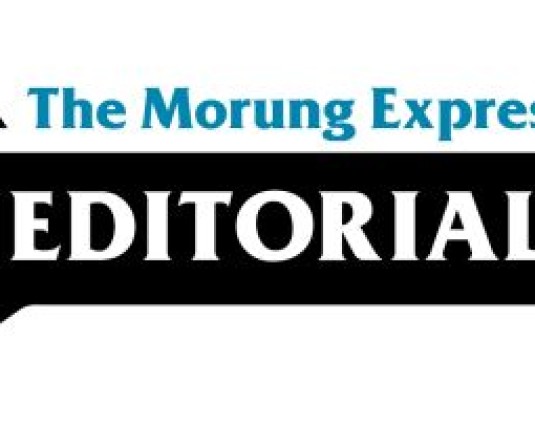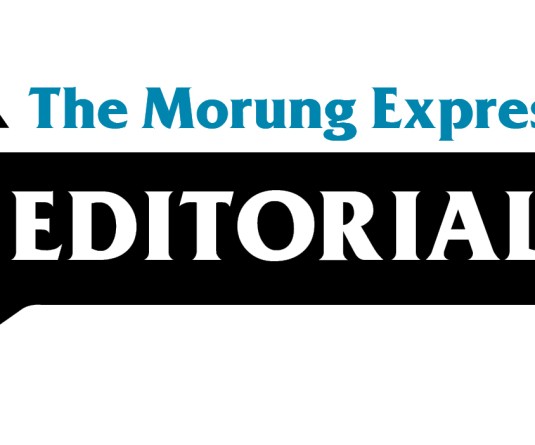
By Moa Jamir
Two reports released within a year, one by Nagaland’s own Directorate of Economics & Statistics (DES) and the other by the Union Ministry of Statistics and Programme Implementation, converge on a single concerning message: unemployment continues to be one of the State’s most pressing challenges.
The DES’ Survey Report on Employment, Unemployment, Skill and Migration in Nagaland 2025, released on September 19, paints a worrying picture, with an unemployment rate of 16.07%, or one in six working-age individuals. The report also revealed structural weaknesses in the labour market, particularly the lack of skilling, with 92% of respondents having no technical or vocational training.
Employment, where available, is precarious with 65% of workers have no written contracts and most excluded from social security benefits. The survey further highlighted sharp income disparities with average household expenditure stands at Rs 16,522, but the gap between the lowest and highest ranging widely from Rs 1133-Rs 3.6 lakh.
Equally revealing are migration trends. Over half of migrants moved from rural to urban areas, with the public sector being a key driver at 27%, underscoring a deep-rooted cultural “dependency syndrome” for government jobs, seen as symbols of security and social status.
However, the preoccupation with already saturated government sector is leaves other avenues underdeveloped. The survey further reported more than half (55%) had remained unemployed for more than three years while 78% of unemployed respondents had no prior work experience.
The national PLFS report, meanwhile, positions Nagaland within the broader Indian context. It recorded a lower unemployment rate of 7.1% (15 years and above), but this figure remains the second-highest among states and more than double the all-India average of 3.2%.
Even more concerning is youth unemployment at 27.4%, one of the highest in India. Educated unemployment is also stark at 13.4%, with postgraduates and diploma holders faring the worst, signalling a glaring mismatch between educational qualifications and job opportunities.
Seen together, the two surveys do not contradict each other but rather illuminate different facets of the same reality. The higher rate in the State survey reflects ground-level experiences across households, while the PLFS situates Nagaland comparatively within the national frame. Both, however, highlight structural unemployment and an economy heavily reliant on self-employment, much of which is informal and unsustainable.
It must be noted that the PLFS covered the period from July 2023 to June 2024 and showed that unemployment rates across all categories marked a reversal after three years of steady decline, though they remained comparatively high. Further, while the detailed findings of the DES report are yet to be made publicly available on its website, beyond the information shared at the press conference on September 19, it is assumed that the DES survey was conducted after the PLFS, indicating a continuation of the upward trend. With the release of the latest PLFS due this month, a more complete picture of Nagaland’s employment scenario is expected to emerge.
Nevertheless, the persistence of unemployment in Nagaland is not merely an economic issue; it is also political and cultural. Politicians often invoke unemployment as rhetoric or to seek schemes and central funds, rather than framing durable solutions, while society continues to equate success with government jobs even as opportunities shrink. The result is a paradox: while outsiders may see Nagaland as a land of emerging opportunities, within the State, aspirations remain tightly bound to the government sector.
Incidentally, the absence of employment opportunities was identified as the main reason for unemployment by 58% of respondents in the DES survey. Taken together with persistent high youth unemployment and still higher educated unemployment, the reports provide evidence of the urgent need for policy measures that broaden opportunities. The way forward must begin with skills, entrepreneurship, and diversification on the one hand, and accountability on the other, so that unemployment is addressed as a structural challenge rather than reduced to a perennial campaign slogan.
For any feedback, drop a line to jamir.moa@gmail.com





